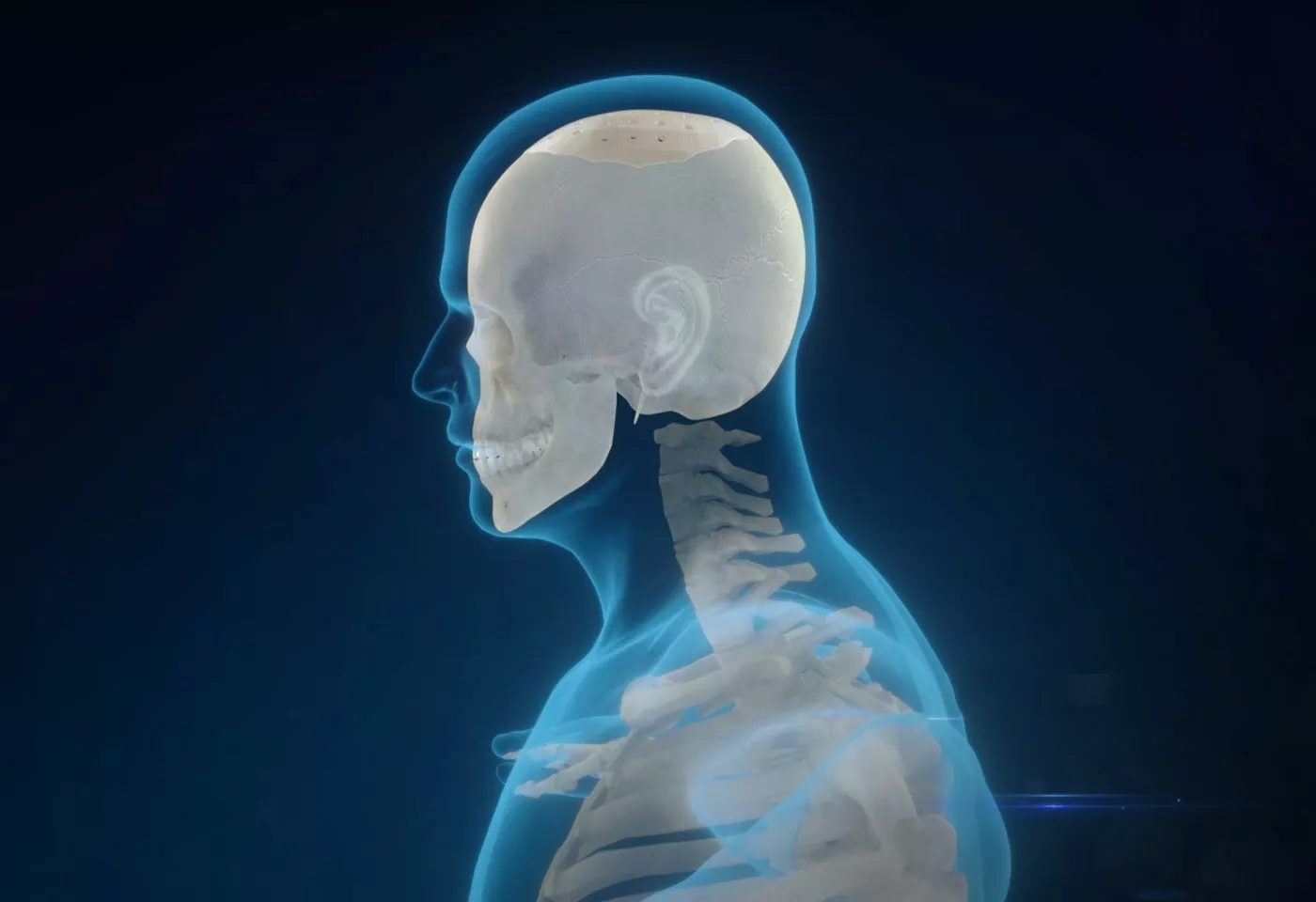In the world of high-performance coatings, the concept of maturation plays a crucial, yet often overlooked, role in achieving flawless results. Maturation is a critical step that sets the stage for the successful integration of the coating's key components, ultimately leading to a superior final product.
The Silane Transformation
At the heart of the maturation process lies the transformation of the silane monomer, found in component B of the coating formula. Through hydrolysis, this silane monomer is converted into silanol, a key ingredient in the polycondensation reaction with the silica sol. This chemical transformation is the linchpin that enables the formation of the coating film.
The significance of this process cannot be overstated. By facilitating the polycondensation reaction, the maturation step improves the coating's flow characteristics, reducing the risk of shrinkage stress during high-temperature curing. This, in turn, helps to prevent the formation of unsightly cracks in the final coating, ensuring a smooth and durable finish.
Preparing for Perfection
But the maturation process doesn't stop there. Before the silane hydrolysis and polycondensation can occur, component A must undergo a thorough rolling or stirring procedure to ensure the even distribution of solid particles and the liquid medium. This preparatory step is crucial for enabling the subsequent chemical reactions to take place seamlessly.
The rolling speed during this initial mixing step is a delicate balancing act. Too slow a pace can lead to the sedimentation and agglomeration of solid particles, while too fast can introduce an excess of air bubbles, compromising the coating quality. The optimal speed range of 100-150 rpm provides the perfect mixing strength to set the stage for the maturation process.
The Maturation Advantage
By prioritizing the maturation stage and paying close attention to the preparatory mixing, manufacturers can unlock the true potential of their coating formulations. This meticulous approach not only enhances the flow characteristics of the coating but also helps to prevent the dreaded cracking that can occur during high-temperature curing.
The result is a superior, crack-free coating that delivers a flawless finish, enhanced durability, and a longer-lasting protective barrier. In the world of high-performance coatings, where every detail counts, the vital role of maturation cannot be overstated.
So, the next time you run your hand over a beautifully coated surface, take a moment to appreciate the magic happening behind the scenes - the maturation process, quietly transforming the raw materials into a true masterpiece of engineering and chemistry.





